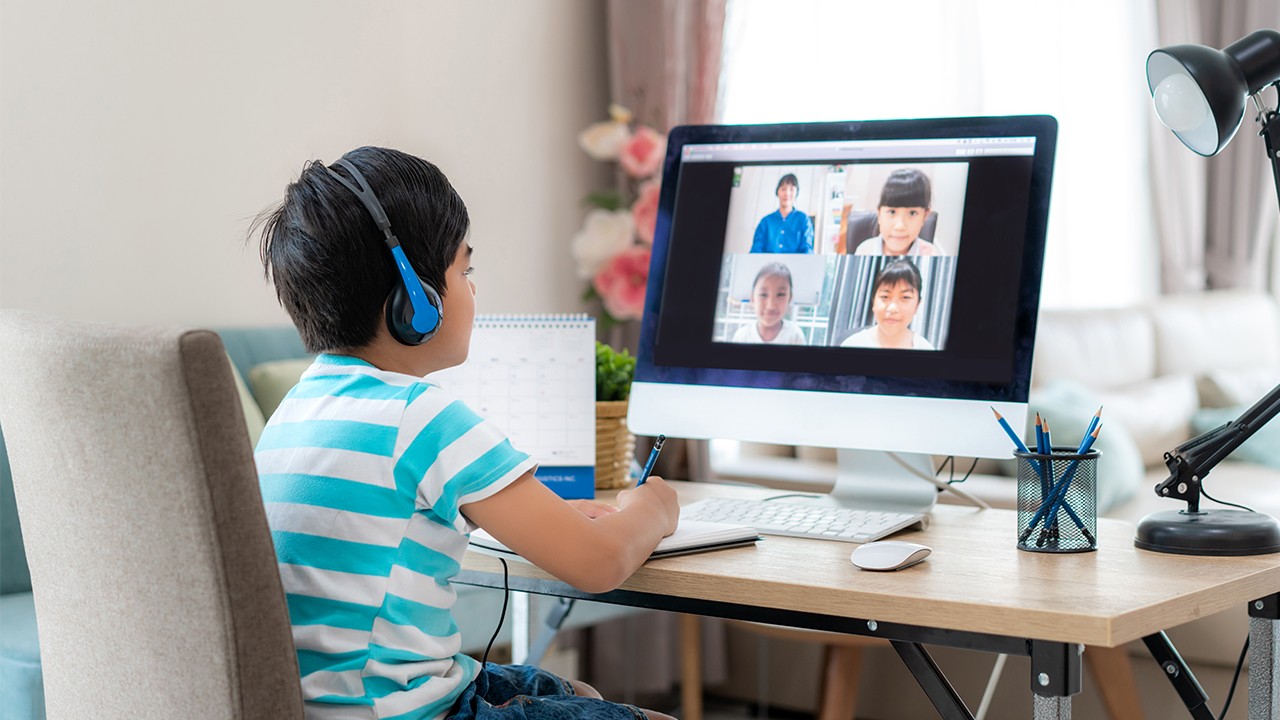If your child is being evaluated for special education services or if your child already has an Individualized Education Program (IEP), you will receive a written copy of the procedural safeguards that explains your rights according to IDEA and your state’s laws. The written copy of the procedural safeguards is called the procedural safeguards notice.
So, when do you receive this notice, and why is it important?
According to IDEA, school districts must provide a copy of the procedural safeguards notice to parents of children with disabilities once per school year. Often the notice is provided at the annual IEP meeting. School districts must also provide a copy at these specific times:
- Upon initial referral or upon your request for an evaluation
- When you file a due process or a state complaint
- When disciplinary action results in a change of placement
- Whenever you request a copy
The procedural safeguards notice is also given to parents at other types of meetings. If you’re preparing for your first eligibility meeting or if you’ve decided it’s time to reconvene the IEP team, for example, you can expect to get a copy.
Procedural safeguards are important because they empower parents to advocate for their children. They lay the groundwork for how parents and school teams work together throughout the special education process, including what to do when there’s a dispute. IDEA has a national model that outlines the safeguards, but each state has its own document that reflects its specific laws.
9 Key Procedural Safeguards in IDEA
Here’s what you should know about how some critical procedural safeguards work.
Prior Written Notice
The school is required to provide you with a written notification called prior written notice (PWN) before any changes are made to your child’s special education program. This includes adding, altering, or denying services. The PWN will explain what changes are being proposed and why.
The school is obligated to give the PWN to parents “a reasonable time” before a meeting is to take place. IDEA does not specifically define the number of days that constitute a reasonable time. Instead, it leaves this decision up to individual states. Several states suggest best practice is to provide parents with the PWN 10 business days prior to the proposed changes, and other states require the advance notice to be provided within 5 business days.
PWN may be delivered to parents by certified mail, first-class mail, email, or hand (e.g., sent home in a child’s backpack or given to the parent at dismissal), but it must be a written notice. Check with your school’s special education leader for clarification about the number of days of notice it is required to give you and how you can expect to receive the notification.
Understandable Language
The school must provide prior written notice to you in your native language, including oral translations and braille, if applicable. It must also use language that is understandable to the general public. You may have noticed there are a lot of acronyms and technical terminology used in special education. If something is not clear to you, speak up!
The school may make the procedural safeguards and the prior written notices available by email. You have the right to receive this communication by email.
Parental Consent
The school cannot provide any type of special education services, including evaluations, without your written permission. Your consent is voluntary, and you may withdraw it at any time.
Parent Participation
You have the right to participate in meetings about your child’s education, including IEP meetings. You are an important part of the IEP team, and you have the right to call a meeting at any time.
Access to Education Records
You have the right to view all of your child’s education records, including academic and behavioral data. You also have the right to request an explanation of what’s recorded and ask for corrections.
Independent Educational Evaluations
You have the right to get an independent educational evaluation (IEE) for your child. This evaluation is conducted by a professional who is not a school employee. The school is required to consider the IEE’s results, but it is not required to accept the findings and implement its recommendations.
Some parents choose to get an IEE because they disagree with the results of the school’s evaluation. In these cases, the parents may be entitled to one at public expense (meaning the school will pay for it).
Other times, parents may choose to get an IEE at their own expense because they have an existing relationship with a certain provider, such as a pediatric neuropsychologist who specializes in their child’s particular medical condition. Or they may simply wish to have an independent provider conduct an evaluation of their child.
Opportunity to Present and Resolve Complaints
You have the right to disagree with your child’s school about your child’s education program. Dispute resolution may take several forms:
- Talking with the school—sometimes disagreements can be resolved after another round of thorough discussion, brainstorming, and negotiation
- Third-party mediation
- Filing a due process complaint that involves a written complaint and a hearing
- Filing a complaint with the state if you believe the school is violating IDEA
- Filing a complaint with the Office of Civil Rights if you believe your child has been discriminated against
It is usually wise to consult a special education advocate or attorney when you are considering filing a formal complaint.
”˜Stay-Put’ or Pendency Provision
Your child has the right to “stay put” (remain) in their current educational placement while the dispute is resolved. Educational placement includes the physical location as well as the type of services provided, such as speech therapy or behavioral consultation. If you wish to invoke your “stay put” right, you typically must do so before the change takes place. In other words, you must act quickly after receiving the prior written notice that explains the proposed change.
Next Steps to Learning About Your Rights
If you haven’t read through your procedural safeguards notice recently (or ever), set aside some time to do so. It explains your rights in great depth and includes more detailed information than what is described here.
If you need help finding a copy of the safeguards, call or email your child’s special education teacher or IEP case manager to request one. You should also be able to download a copy from your state’s education website or view a model published by the U.S. Department of Education. Another great resource is your state’s Parent Training and Information Center.



